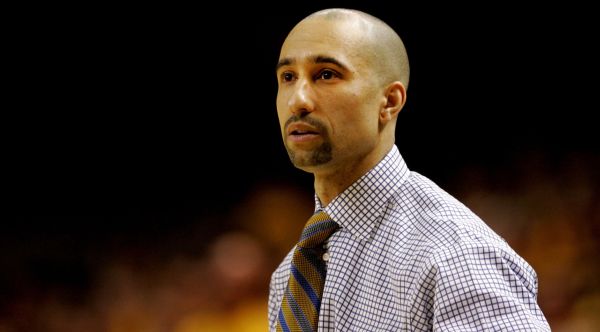VCU Battling Ghosts From Years Past
Posted by Justin Kundrat on November 21st, 2015A funny thing happens when a head coach leaves, his legacy left implanted into the university, the program and every single one of his players. In college basketball, where head coaches matter more for long-term success than do the players, a shockwave ripples through when such a shift occurs. Since his hire by VCU in spring 2009, Shaka Smart poured his heart and soul into the program, taking the reins from predecessor Anthony Grant and capitalizing on the team’s streak of consecutive 20-win seasons. Smart then led VCU — through injuries, roster turnover and conference realignment — to five NCAA Tournament appearances over five seasons, including a 2011 run to the Final Four. Last March, on an otherwise uneventful day in Richmond, the man who had turned VCU basketball into a hot name in college basketball, bolted. The head coaching position offered by Texas, a major state school with a seemingly endless supply of resources, proved too lucrative and rife with possibilities to turn down. But while Smart packed his bags and headed west, the heart and soul of the storied program remained in place.

Shaka Smart’s imprint on the VCU program will be forever entrenched – but Will Wade is off to a solid start. (AP)
Newly minted head coach Will Wade, Smart’s first hire at VCU, returned to the school, carrying with him a keen sense of familiarity with Smart’s patented HAVOC system. So, while the program suffered quite a bit of turmoil amid lost recruits, graduating seniors and a new conductor on the sidelines, the system that spawned all of that success remained the same.
Friday night provided what would be the ultimate test of the system’s durability: a clash with defending National Champion Duke. While a win was the optimal outcome, the bigger achievement here was the Ram’s overwhelming sense of renewed hope. HAVOC tempered the uptempo, highly efficient Duke offense and enabled VCU to play the role of the aggressor throughout much of the game (despite a size difference at every position). Coach K agreed with this sentiment after his team turned the ball over 14 times. “Those kids were strong, it was tough to run an offense against them. […] Every time you get the ball, there’s something they put on you.” Offensively, the Rams found driving lanes, cutters and open shots almost at will, as evidenced by their 46 percent shooting for the game. Maybe on paper Wade’s team had failed by conventional win-loss metrics; but by any other standard, the loss was a significant measure of success. “We didn’t just beat a team, we beat a program. They have a program at VCU,” Krzyzewski stated assuredly after his team’s win.









































